(ECNS) -- Dongqin Village, a new archaeological site dating back to the Paleolithic period (about 3 million years to 10,000 B.C.), was discovered in Shiyan City, central China's Hubei Province, according to local authorities.
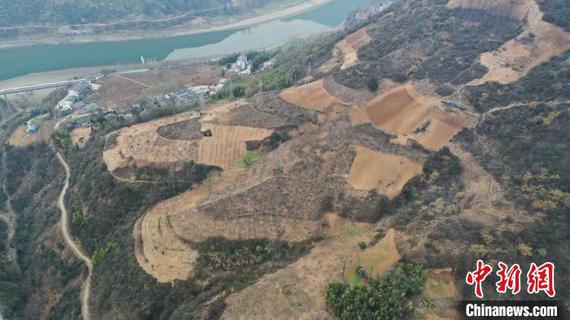
Preliminary findings indicate that the site may have served as an early human butchering ground or a primary living area, providing valuable insights into ancient humans’ habitation and production methods.
Researchers have collected mammal fossils and artifacts at this site, including stone tools such as stone cores, scrapers, hand axes, and pointed implements, showing clear signs of processing and use. The discovered mammal fossils have been identified as limbs, skulls, and teeth based on their morphological features.
The Dongqin Village site is located on a second terrace on the southern bank of the middle and lower reaches of the Duhe River, at an elevation of approximately 385 meters.
Since the 1970s, archaeologists have collected stone tools, including stone cores and flakes, scrapers, and chopping tools, along both banks of the Duhe River, the largest tributary of the Hanjiang River.
The newly discovered site is considered an integral part of ancient human habitation and production along the Hanjiang and Duhe River basins, providing strong evidence for the study of China’s million-year human history.






















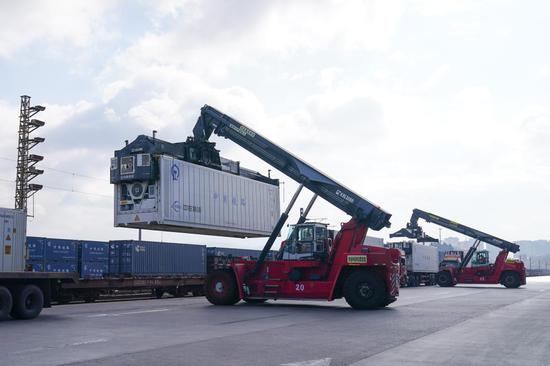









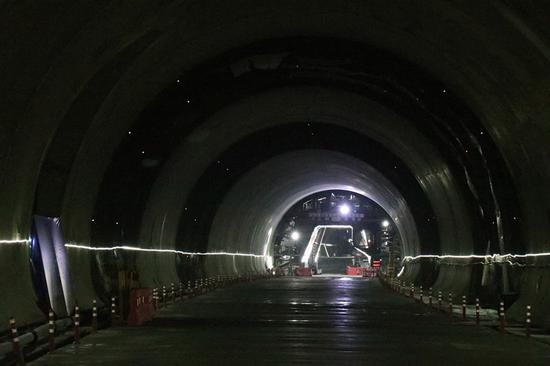
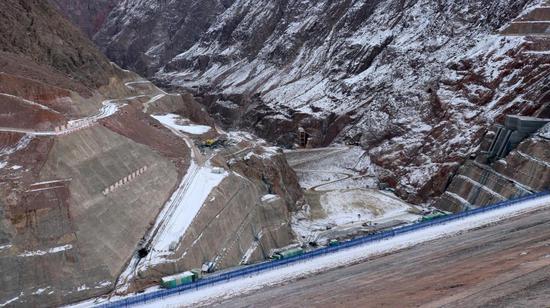



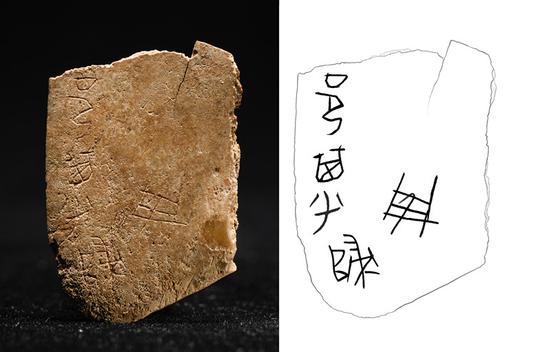

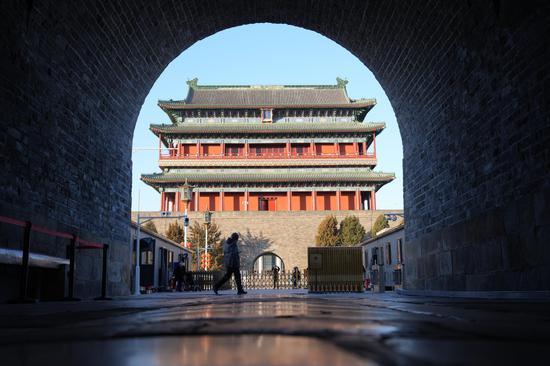


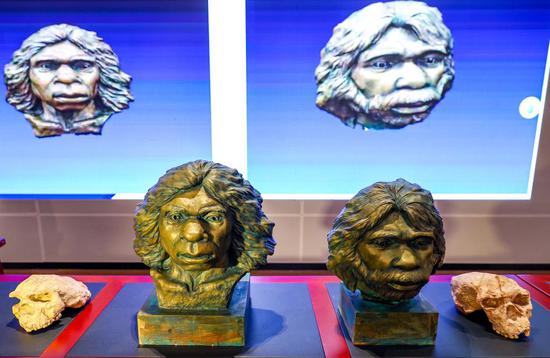
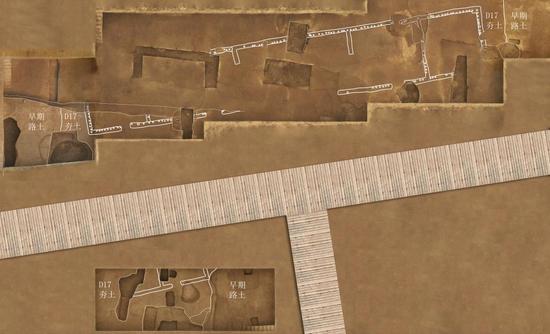
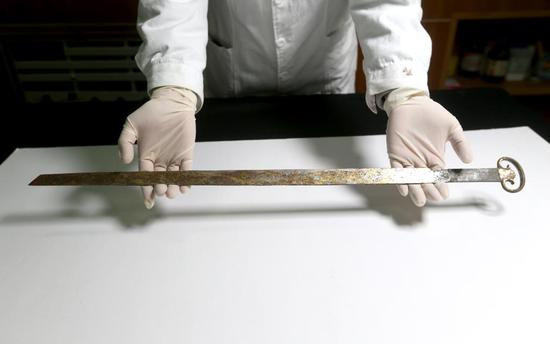





 京公网安备 11010202009201号
京公网安备 11010202009201号